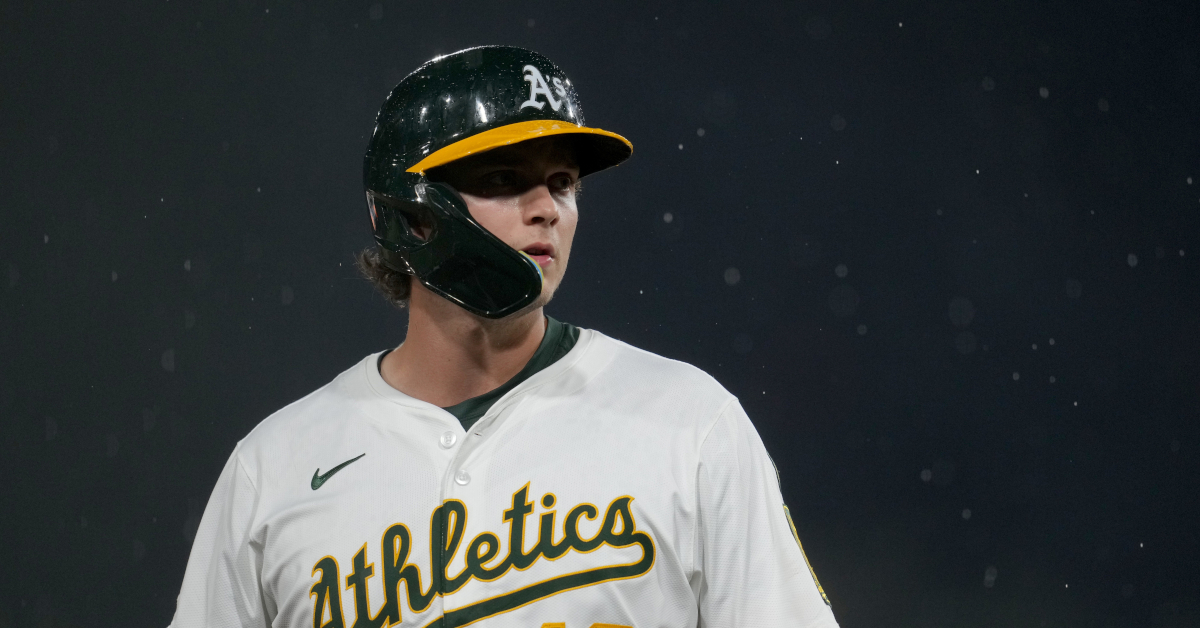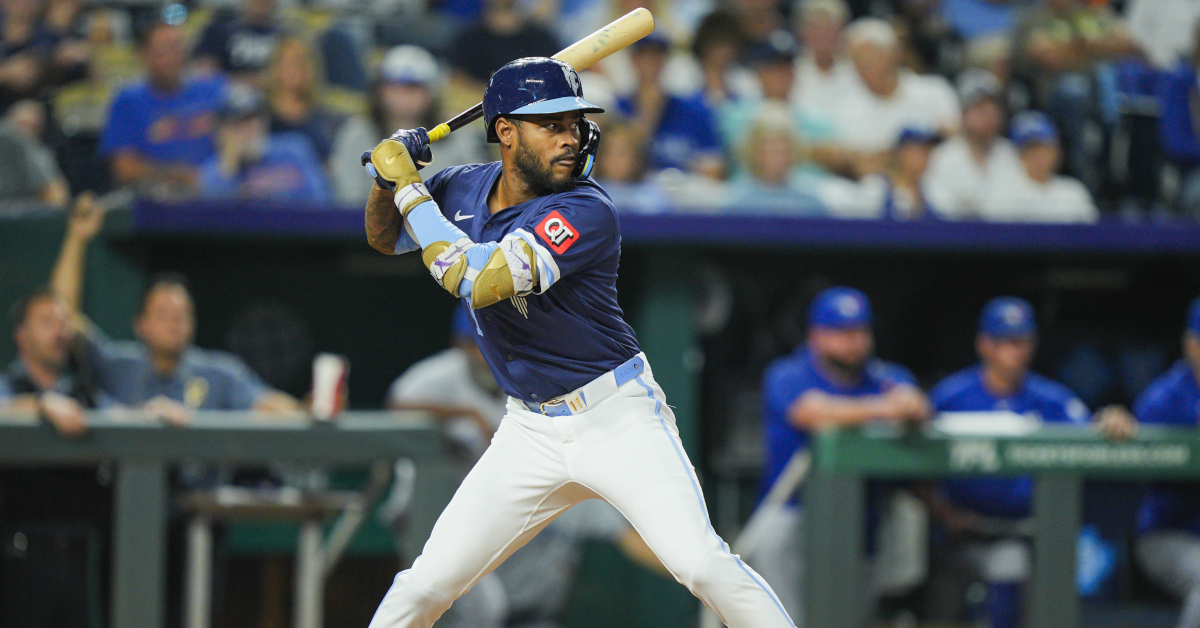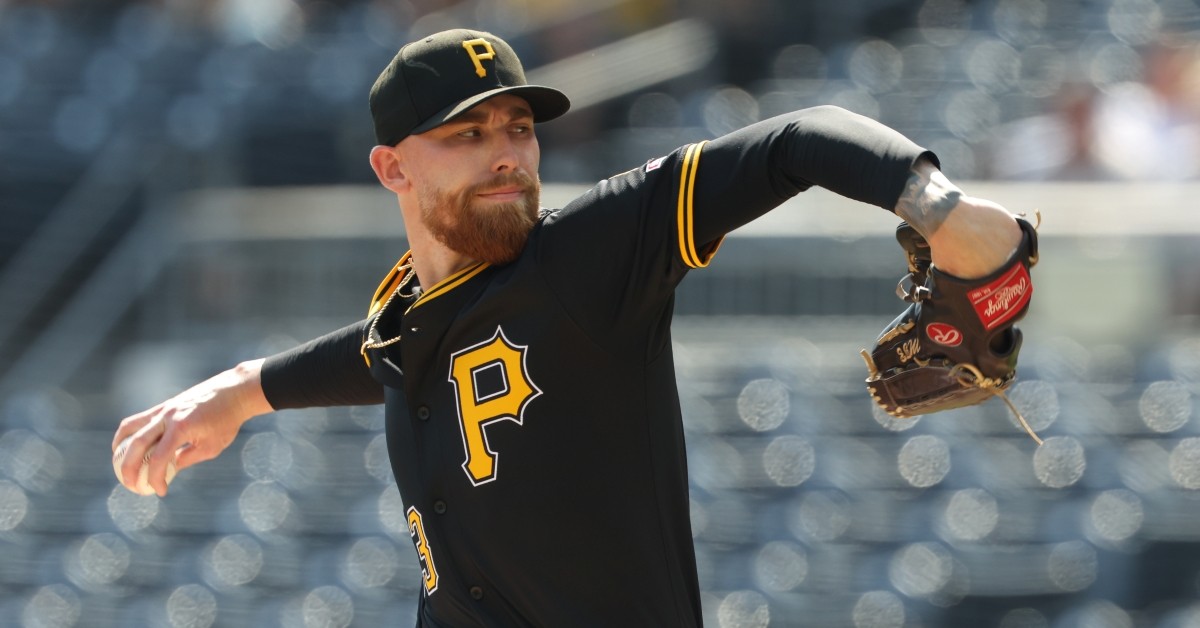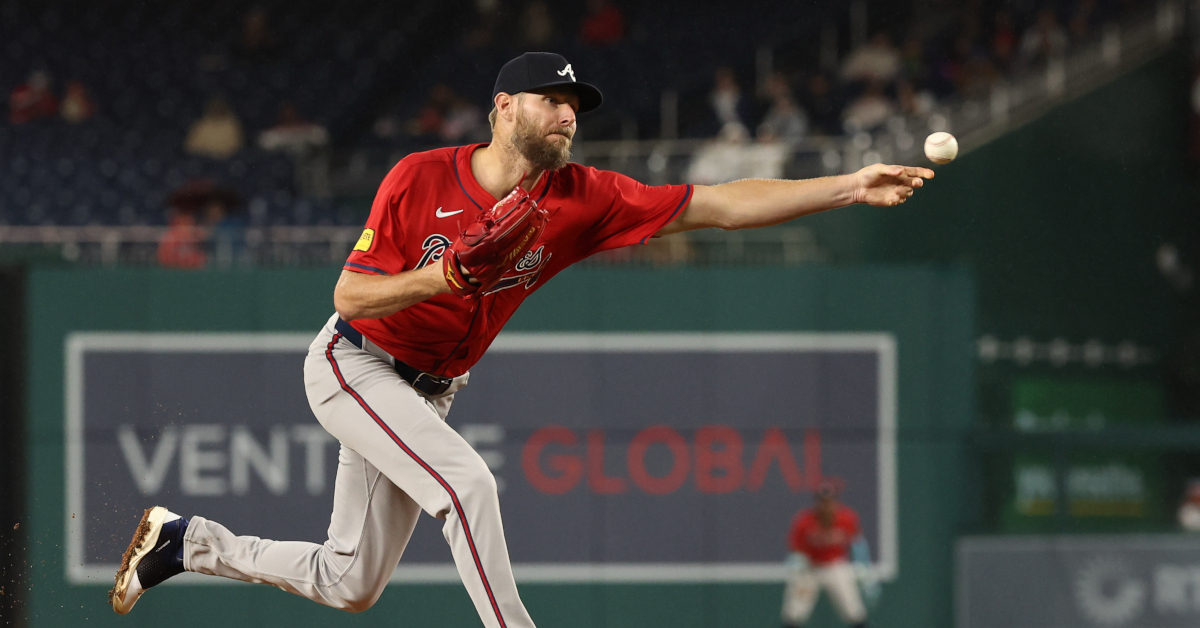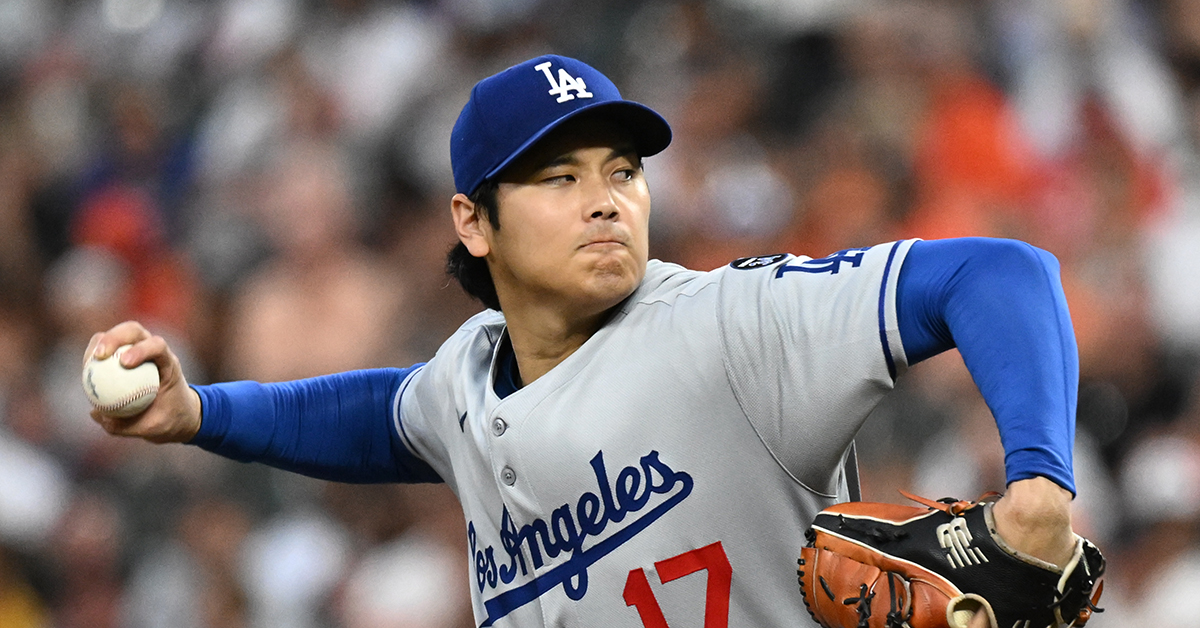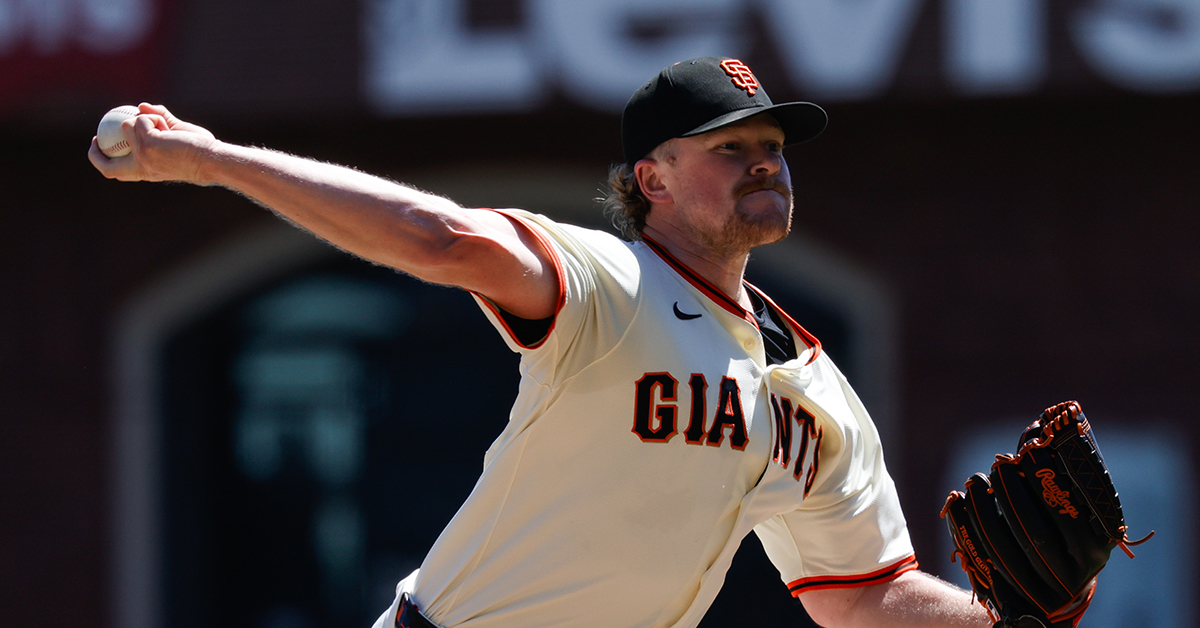Ottoneu: 2026 Keep or Cut Decisions at CI and C
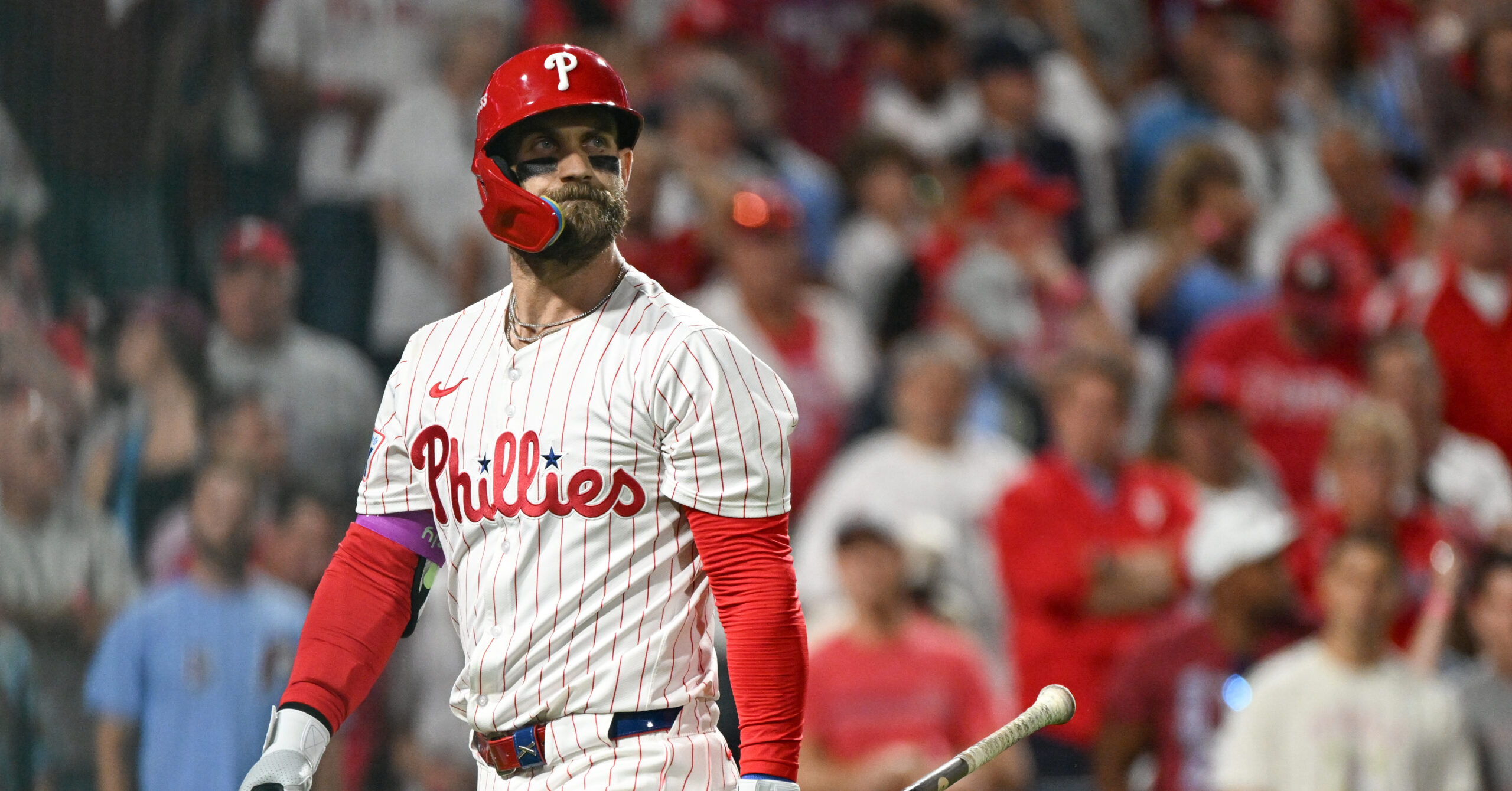
The Ottoneu keeper deadline is quickly approaching. There’s about a month and a half left to make your roster decisions before the January 31 cut deadline. Over the next few weeks, I’ll be going through a handful of difficult keep or cut decisions at every position group. I’ll start with the four infield positions this week and move on to the outfield and pitchers next week.
–
Bryce Harper, 1B
Salary: $49, $42
Average Salary: $45
2025 P/G: 6.25
Projected 2026 P/G: 6.45
While Bryce Harper probably isn’t going to hit like he’s one of the top 5 batters in baseball again, he’s still extremely productive as he enters his age-33 season in 2026. A wrist injury in June cost him about a month of the ‘25 season and he’s averaged a little under 130 games played per season over the last five years. While he might not be an iron man, he’s been productive while he’s on the field, putting up a 146 wRC+ during that same five year period. His batted ball peripherals all looked in line with his career norms; his 47.5% hard hit rate and 12.3% barrel rate both look good and his .368 xwOBA was right in line with his actual results on the field.
While his strikeout and walk rates look good on the surface, there are a few yellow flags in his underlying plate discipline stats. His chase rate has significantly jumped over the last few years and it was up to 36.0% in 2025, the second highest mark of his career. He’s being forced to hunt for pitches out of the zone because pitchers simply refuse to give him anything to hit. Since winning his MVP award in 2021, he’s seen the fewest pitches in the strike zone of any batter in baseball by a pretty wide margin. This year, his zone rate was just 42.9%, the lowest in the majors and three points lower than the guy right ahead of him.
Steamer is predicting a bit of a bounce back season for Harper in 2026, though it’s mostly fueled by a jump in BABIP. He’s at the age where power starts waning a bit and the projections see him essentially holding his power numbers steady next year. I guess that’s what worries me. Harper has already slipped a bit from his peak and he’s not getting any younger (no matter how many weird blood procedures he wants to try). If you’re paying a premium in the hopes that he’ll get back to his MVP caliber seasons, you’re likely going to be disappointed.
Keep or cut?
I think Harper’s current average salary of $45 is reasonable for the projected production you’re hoping to get from him in 2026. Like with any aging slugger, there’s some risk involved in paying that much for the downslope of a career. I’m keeping at $42 and I’m shopping my $49 Harper, hoping to pass the buck for that decision to someone else.
–
Willson Contreras, 1B
Salary: $15, $14
Average Salary: $14
2025 P/G: 5.24
Projected 2026 P/G: 5.14
Now that Willson Contreras finally lost his catcher eligibility, he’s lost a ton of his fantasy value. A catcher who can put up 5.2 P/G is quite useful — just six other catchers surpassed that mark in 2025 — but a 5.2 P/G first baseman is quite another matter. Fifteen other first basemen surpassed that mark this year and eighteen are projected to be better than that in 2026. Instead of being a top tier option at catcher, Contreras is now a third or fourth tier option at first base.
To be fair, his batted ball peripherals all looked good during his first full season out from behind the plate. The biggest reason why his overall value took a hit in 2025 was because his walk rate dropped nearly five points, down to 7.8%. There was nothing amiss in his underlying plate discipline metrics; his chase rate, contact rate, and swing rates all looked normal. The biggest difference, then, was a higher rate of pitches seen in the zone — the highest zone rate of his career — and a corresponding increase in called strikes seen.
Steamer sees a bounce back in walk rate next year, but his BABIP takes a hit, leading to an overall projection a little worse than what he accomplished in 2025. I don’t have any qualms with the projection — it seems like it’s pretty reasonable — so my issue is with his positional eligibility. Right now, I’ve got him ranked in the same tier as Kyle Manzardo, Spencer Torkelson, and Christian Walker. Each of those players is useful in their own way, but I wouldn’t be comfortable with any of them as my primary first baseman in 2026.
Keep or cut?
I’m cutting both of my shares of Contreras. Paying up to $10 for him in next year’s auction is probably reasonable, but getting up to the mid-teens seems like an overpay.
–
Alec Bohm, 1B/3B
Salary: $11, $9
Average Salary: $11
2025 P/G: 4.66
Projected 2026 P/G: 4.90
An abysmal first month of the season is bringing down Alec Bohm’s overall numbers from 2025. From May 1 through the end of the season, he posted a .308/.356/.453 slash line, good for a 124 wRC+ and 5.4 P/G.

That’s the kind of production we’ve been expecting to see from Bohm since his exciting debut back in 2020. The unfortunate thing about his excellent finish to the season is that it wasn’t really fueled by a change in any underlying batted ball metrics. He was the same hitter he’s always been, just really unlucky for the first month of the season and then a little luckier than normal over the next five months.
So which version of Bohm can we count on in 2026? Probably the same one we’ve come to know over the last few years — the same one who posted around 5.0 P/G in 2023 and ‘24. That’s a useful corner infielder, but not necessarily a high quality starting option. That’s what Steamer sees as the most likely outcome. If there’s one thing to latch onto as a source of hope, it’s that he ran the highest contact rate of his career this year. With his above average hard hit rate, putting the ball in play more often should lead to more positive results. Unfortunately, his ceiling is capped by how often he puts the ball on the ground and his correspondingly low barrel rate. Unless he can make a significant adjustment to start lofting the ball more often, his hot streak from the second half of this season will likely be the best version of Bohm we’ll see.
Keep or cut?
I’m really on the fence about Bohm. He fits better as a third baseman where the pool is a lot shallower than at first base but the roster where I have him rostered for $9 already has third base covered by José Ramírez. I’m not sure I want to keep him at $11 either, but that’s probably about what he’s going to be auctioned for if I end up cutting him. I think it’ll ultimately come down to my salary cap situation on both teams — if there’s room to roster a premium bench CI, then Bohm seems keepable. If not, he’ll end up a casualty of being good enough without a high potential ceiling to boost his value.
–
Adley Rutschman, C
Salary: $30
Average Salary: $21
2025 P/G: 3.79
Projected 2026 P/G: 5.03
I have no idea what to do with Adley Rutschman. To be fair, I don’t think the Orioles know what to do with him either. He had such a promising start to his career and then suddenly collapsed partway through the 2024 season. There was some hope that an offseason would help him get healthy for this year and he’d find a way to bounce back. That obviously didn’t happen. He suffered through two separate oblique strains, and even when he was healthy, he wasn’t producing at the plate.
The weird thing is that his underlying batted ball metrics aren’t out of whack, his plate discipline is still excellent, but he simply isn’t seeing the results that he enjoyed during his first two seasons in the big leagues. Some of that is a dramatic drop from his BABIP but it’s also a deterioration of his plate approach. His strikeout and walk rates aren’t affected, but his ability to hunt for pitches to do damage against has diminished over the last two years — his SEAGER dropped from 21.1 during his rookie campaign to 11.6 in 2025.
Steamer sees a pretty significant bounce back from Rutschman in 2026, but the projection has hedged against his ceiling based on his struggles these past two years. Like I mentioned with Contreras above, just seven catchers crossed the 5.0 P/G threshold this year. If Rutschman can get back to that level of production, he’ll be one of the best hitting catchers in baseball. There’s so much risk in paying for that projection knowing that he’s been a below average catcher for a season and a half now.
Keep or cut?
I’m obviously cutting at $30. That’s simply far too expensive for any catcher unless his name is Cal Raleigh. I’d be open to keeping Rutschman around $15, but even at that high a salary, you really need him to figure things out next year and hit his projection.

